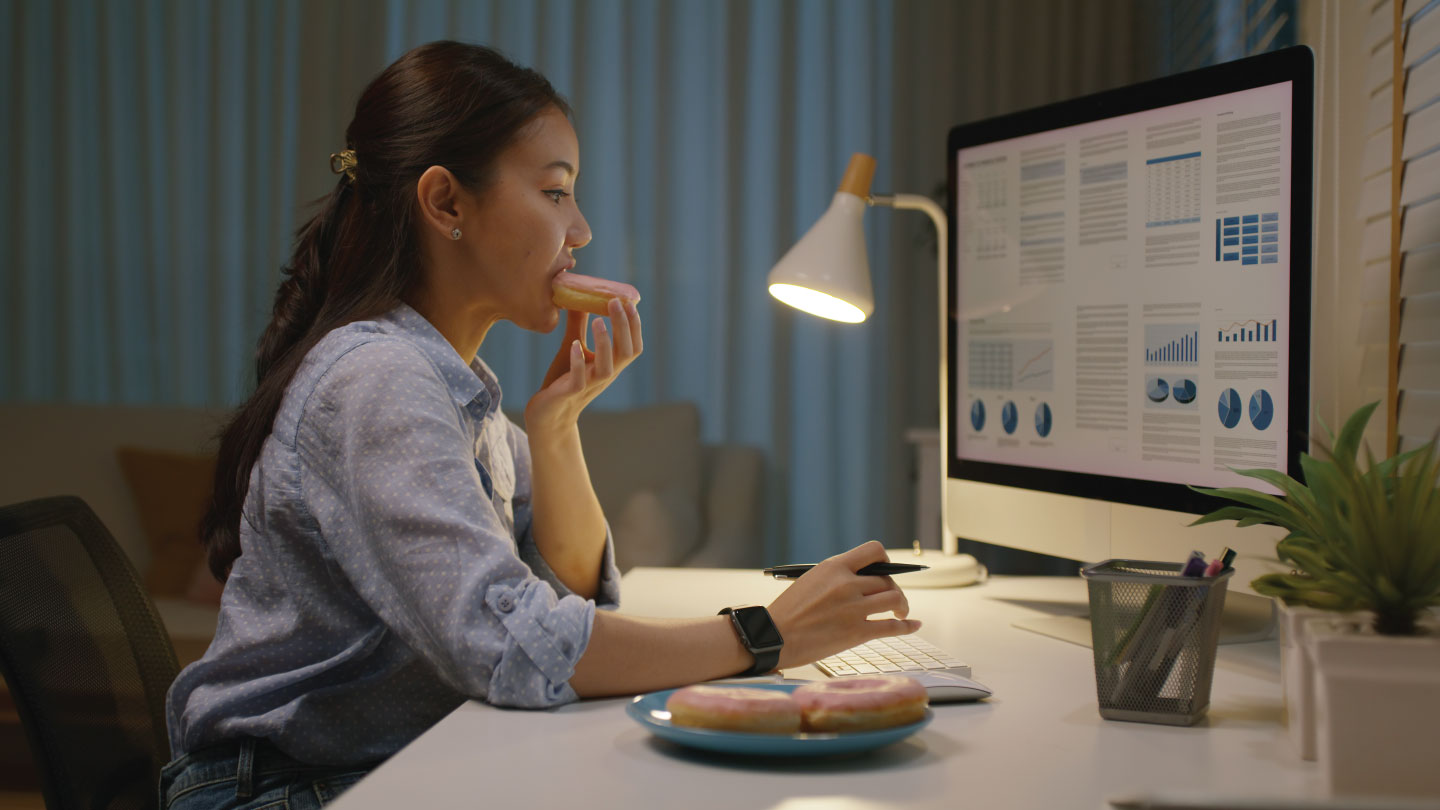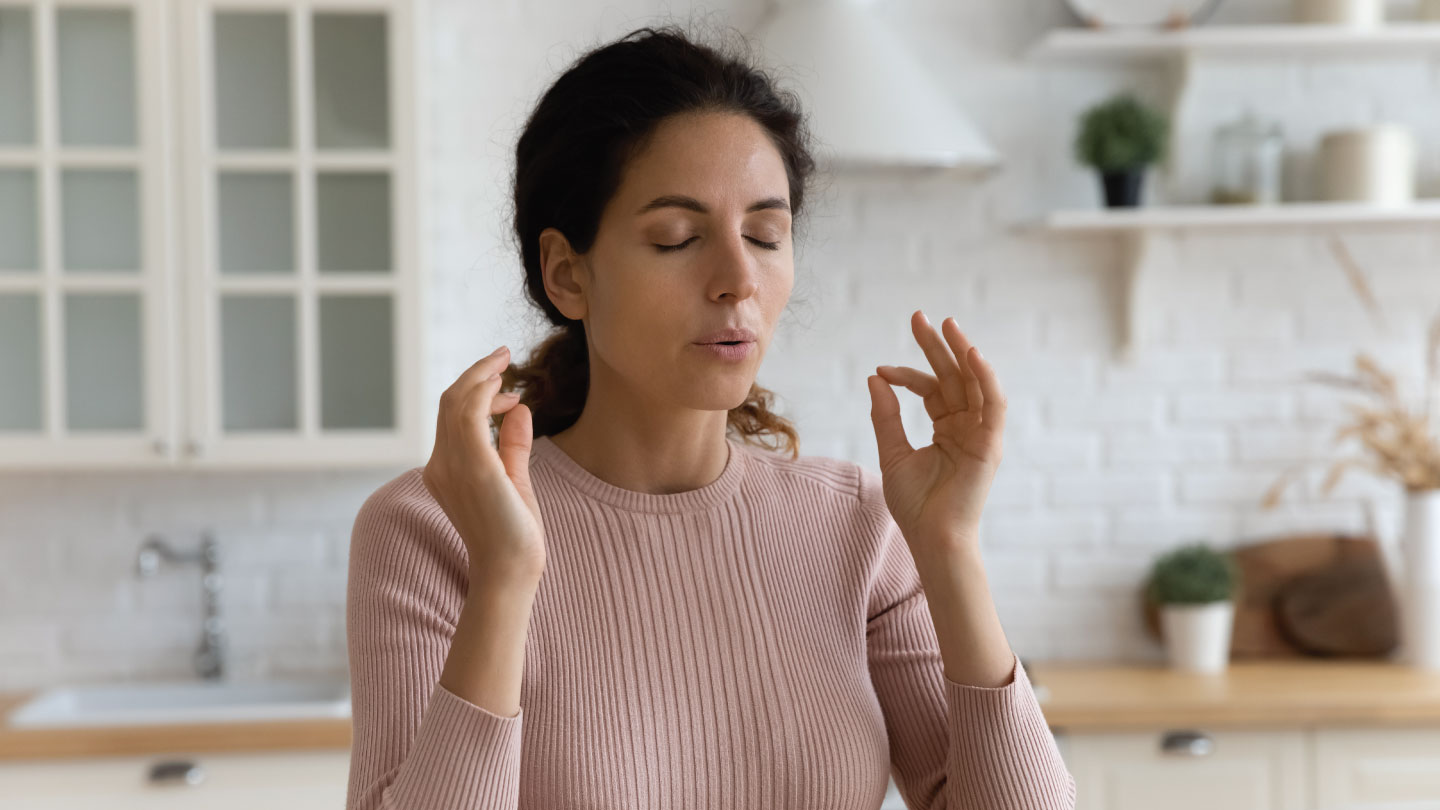Mental Health
How Simple Movement Soothes an Anxious Mind
You can’t always stop anxious thoughts, but you can move through them. Here’s how simple, everyday movement helps the body settle and the mind find calm again.
.jpg)
Anxiety never really announces itself. It creeps in quietly, a racing heart, a stomach that feels too tight, a brain that refuses to slow down. You might be sitting at your desk, staring at an unfinished task, or lying awake replaying the same thought on loop. The body tenses as if it’s preparing for danger that never comes. We often try to calm the mind by thinking our way out of it. But anxiety rarely listens to logic. Sometimes, what it really needs isn’t more thinking, it’s motion.
Related story: How Anxiety Impacts Your Body
Why Movement Changes the Mind
When you move, walk, stretch, or dance, your body releases endorphins, the natural chemicals that lift mood and reduce pain. At the same time, cortisol (the stress hormone) begins to drop. Researchers at Harvard Health Publishing (2023) describe this as the body’s built-in stress regulator: physical activity teaches your brain to respond to triggers more evenly, almost like tuning an instrument that’s gone sharp.
A 2023 meta-analysis in the British Journal of Sports Medicine reported that people who engaged in regular physical activity, of any kind, showed clear improvements in mood and anxiety compared to those who stayed sedentary. The body doesn’t distinguish between therapy and movement. To it, both are forms of release.
Related story: Can We Reduce Anxiety Through Vagus Nerve Reset?
How Movement Retrains the Fear Response
There’s an interesting concept in psychology known as interoceptive exposure. It means gently facing the physical sensations that anxiety creates, the racing heart, the quick breath, the heat under your skin, until your brain learns that they’re not actually dangerous. Exercise does this naturally.
Related story: Breathing Exercises To Combat Work-Related Anxiety
A paper by McWilliams and Asmundson (2001) in Cognitive Behaviour Therapy explained that people with anxiety often avoid activities that make their heart race, because they associate that feeling with panic. However, when you experience those sensations through safe, intentional movement, such as walking or cycling, your body relearns the concept of safety. Over time, those once-feared sensations lose their power.
Finding Focus in Motion
Anxiety thrives in chaos; it scatters attention, pulling you toward every possible worry. Movement, however, gathers attention back to the present. Each step, stretch, or breath becomes a small act of mindfulness.
In 2025, a study in BMC Psychology found that even a single session of aerobic exercise improved focus and reduced distraction in people with high anxiety. The researchers used EEG scans and found that after movement, participants were more effective at directing their attention toward goal-oriented tasks. This might explain why your thoughts feel clearer after a walk. The mind finally syncs with the body’s rhythm instead of fighting against it.
Related story: 10 Physical Symptoms of Anxiety
Building Confidence, One Step at a Time
Here’s another quiet gift of movement: it makes you trust yourself again. Every small physical action, from walking around the block to completing a short stretch or dancing in your room, becomes a moment of proof that you can influence how you feel.
A 2024 study in Frontiers in Psychology followed over a thousand college students and found that individuals who enjoyed their exercise experiences developed stronger self-efficacy, essentially a belief in their ability to handle life's challenges. That, in turn, lowered their anxiety levels.
Related story: Solutions To Navigate Anxiety At Work
Starting Small
You don’t have to run a marathon or spend hours in a gym to feel better. Anxiety responds even to small, gentle forms of movement:
- A slow morning walk: just ten minutes in the sun can help reset your body clock and balance cortisol levels.
- Free dance or shaking: Dance/movement therapy is now recognised as an evidence-based approach to reduce anxiety and improve emotional expression.
- Strength micro-sessions: Incorporating a few squats, wall push-ups, or resistance-band pulls between work tasks can activate grounding muscle groups and reset your energy levels.
- Stretching or yoga: Even five minutes of mindful stretching can loosen both muscles and mental tension.
Related story: Relieve anxiety with the touch of a button
When the Body Becomes the Healer
Exercise isn’t a magic cure for clinical anxiety, but it’s a steady and science-backed companion. A 2023 review in Frontiers in Psychology found that exercise programs lasting just 4–12 weeks produced measurable reductions in anxiety across different age groups and lifestyles. Even small, consistent sessions, such as walking, stretching, or dancing, can begin to recalibrate your nervous system. The key is repetition. Every time you move, you send the same quiet message to your brain: you’re safe now.
Related story: How to Manage Anxiety
Anxiety often convinces us that we’re trapped inside our thoughts, but movement proves otherwise. The body is not a bystander; it’s a guide. Every stretch, every step, every intentional breath is the body’s way of saying, come back here, to this moment, to yourself. So when the next wave of worry hits, don’t fight it with stillness. Step into it. Move with it.
Mindfulness 101:Bring calm into your day with these daily tips. Sign up here.
EXPLORE MORE
If your calendar is packed but your mind feels scattered, it’s time to schedule days that not only keep you busy but also keep you balanced. Here are five kinds of days worth protecting, every single month.
How the unholy trinity of stress, sleep loss, and sugar is quietly rewriting India’s health story.
Quick, smart, and easy to apply moves you can do when panic looms, turn the ‘Oh no’ into ‘okay, I got this!’
Trauma doesn’t just live in your memories; it lives in your brain and body. That’s why telling someone to move on isn’t just unhelpful; it’s biologically inaccurate.








.jpg)


.jpg)
